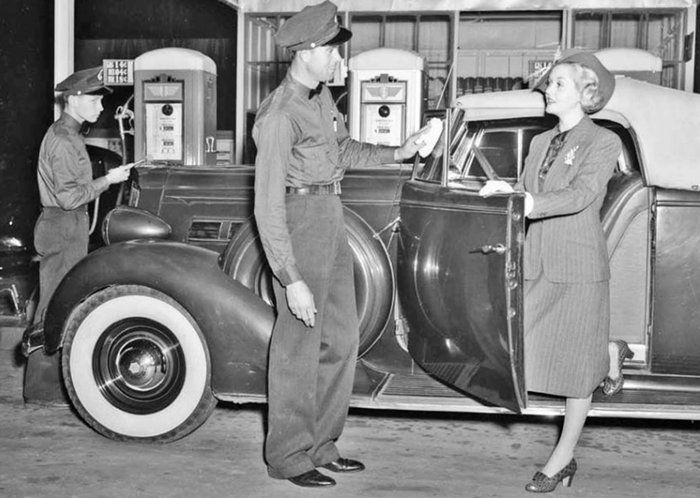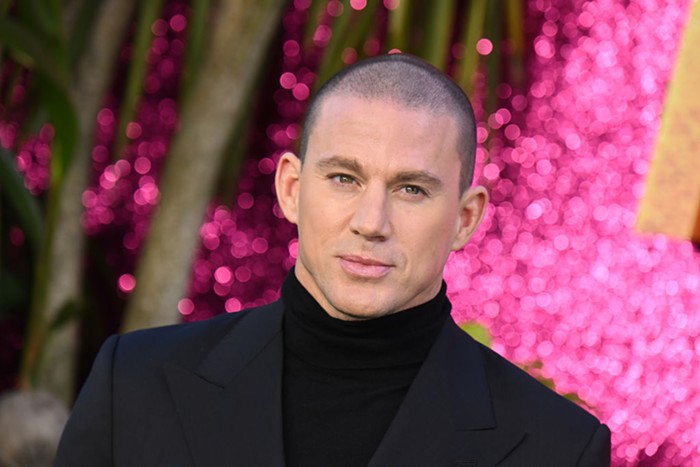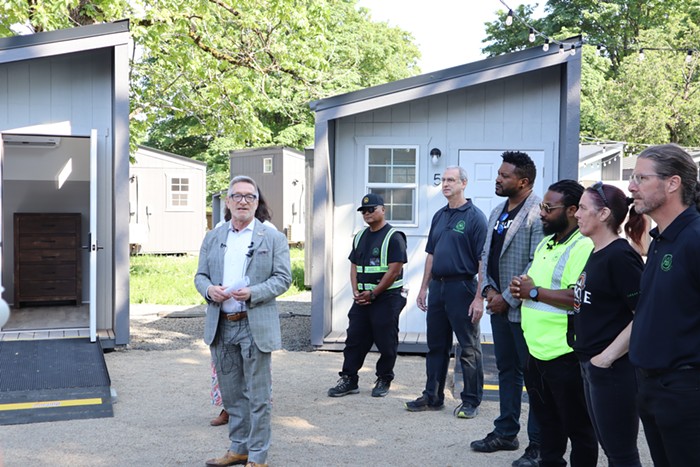The Wall Street Journal has a great story about how America has gone stranger-danger-crazy, especially on Halloween:

Halloween is the day when America market-tests parental paranoia. If a new fear flies on Halloween, it's probably going to catch on the rest of the year, too.Take "stranger danger," the classic Halloween horror. Even when I was a kid, back in the "Bewitched" and "Brady Bunch" costume era, parents were already worried about neighbors poisoning candy. Sure, the folks down the street might smile and wave the rest of the year, but apparently they were just biding their time before stuffing us silly with strychnine-laced Smarties.
That was a wacky idea, but we bought it. We still buy it, even though Joel Best, a sociologist at the University of Delaware, has researched the topic and spends every October telling the press that there has never been a single case of any child being killed by a stranger's Halloween candy. (Oh, yes, he concedes, there was once a Texas boy poisoned by a Pixie Stix. But his dad did it for the insurance money. He was executed.)
If you're looking for a good book about how Americans live in fear of all the wrong things, you should read Barry Glassner's The Culture of Fear. It's a level-headed look at how the news media inspires us to live in fear of statistically irrelevant things. The book was published in 2000; I wish Glassner would do a post-9/11 update on all the different ways fear has taken hold on every level of American society.
(Via The Awl.)














